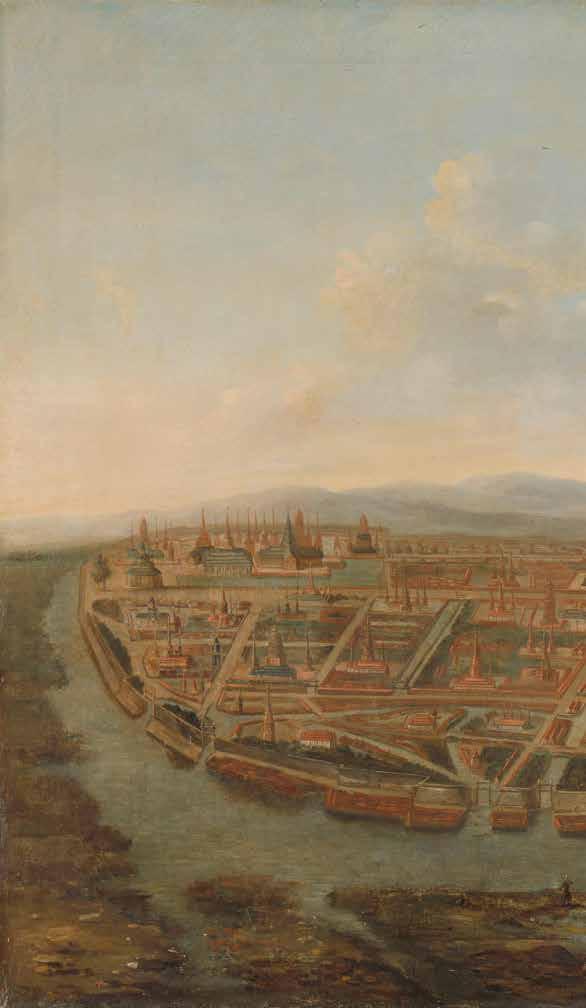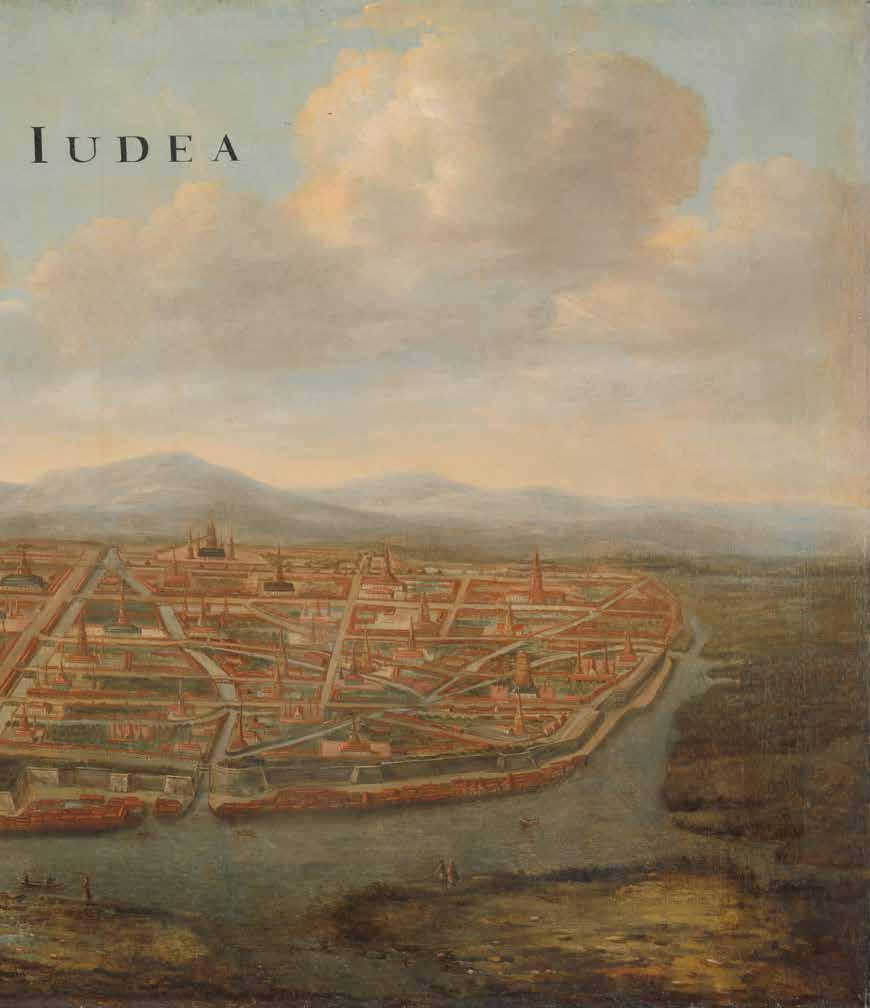
3 minute read
Thailand
a strong bond between the two Royal Families
Ambassador Chatri Archjananun of Thailand expresses his enthusiasm in deepening the long span of multi-faceted relations between the Kingdom of Thailand and the Kingdom of the Netherlands. The two nations share various similarities, particularly in sustainable development.
TThe Netherlands is a world leader in combating climate change, while Thailand is spearheading in BCG (bio circular green) economy both at home and in various regional blocs, particularly its upcoming Asia-Pacific Economic Cooperation (APEC) chairmanship next year. Both nations have vibrant open societies, which are bedrocks for creative economy and tourism. Pre-COVID-19, more than 200,000 Dutch tourists visited Thailand each year. The re-opening of Thailand, particularly the Phuket Sandbox, allow vaccinated tourists to roam freely on the beautiful island of Phuket without quarantine. From 1 November onwards, Thailand will, step by step, embrace fully vaccinated international travellers without quarantine requirement, starting from low-risk countries including the Netherlands. In the new normal era, the Thai government will introduce e-visas in a number of EU countries with the launch in the Netherlands in November. This will ease visa application to Thailand. The Ambassador is confident that Thailand will remain one of the Netherlands’ favourite destinations. Ambassador Chatri is profoundly impressed with the Dutch’s laborious attention to archiving historical records and preserving the classical arts. Just outside the gates of Ayutthaya (the old capital city) in the first Dutch settlement in Siam, a cartographer by the name of Johannes Vinckboons illustrated the view of the ancient city as part of his overseas journey with the VOC (Dutch East India Company). Vinckboons’ finished oil painting titled the “View of Judea, the Capital of Siam” is now exhibited at the Rijksmuseum. A reproduction of this painting is also proudly on display at his residence in Wassenaar. Thailand and the Netherlands’s relations are

founded on a strong bond between the two Royal Families. In commemoration of 400 years of Thai-Dutch relations in 2004, Queen Beatrix and King Willem-Alexander established the Baan Hollanda Information Centre on the exact location where the VOC once stood, which currently houses the artefacts of the first Dutch settlers in Thailand, as a royal gift to Thailand. Such a kind gesture reflects the importance that the Netherlands attaches to making history inclusive to the general public.
The Netherlands has long been a destination for Thai students in science degrees, and now we see a number of Thai students enrol in art and design courses. The Dutch ecosystem nurtures creativity. The late Mr. Chavalit Soemprungsuk, Thailand’s National Artist for Visual Art, lived in the Netherlands for over 50 years, and produced prolific artworks from paintings to sculptures to digital prints. His art techniques have been an invaluable source of art education for new generations of Thai artists. Along with Thai cuisine, the Ambassador also highlighted the popularity of Muay Thai or Thai kickboxing amongst the Dutch, and that the Thai Government is pursuing every effort to include this traditional Thai martial art as an Olympic sport in the Paris 2024 Olympic Games.
View of Judea (Ayutthaya), ca 1662-1663 Vinckboons Johannes (1616/17-1670) Collection of Rijksmuseum, Amsterdam
In 1608, the Dutch East India Company opened an office to conduct trade in dyewood, tin and animal skins in Judea (Ayutthaya), the capital of the Kingdom of Siam (now Thailand). From that post, the Dutch also successfully maintained contact with the Siamese royal court. Already in 1609, the king sent a delegation to the Dutch Republic to strengthen diplomatic relations. The company was ultimately granted permission to build its own shipyard in Judea.












